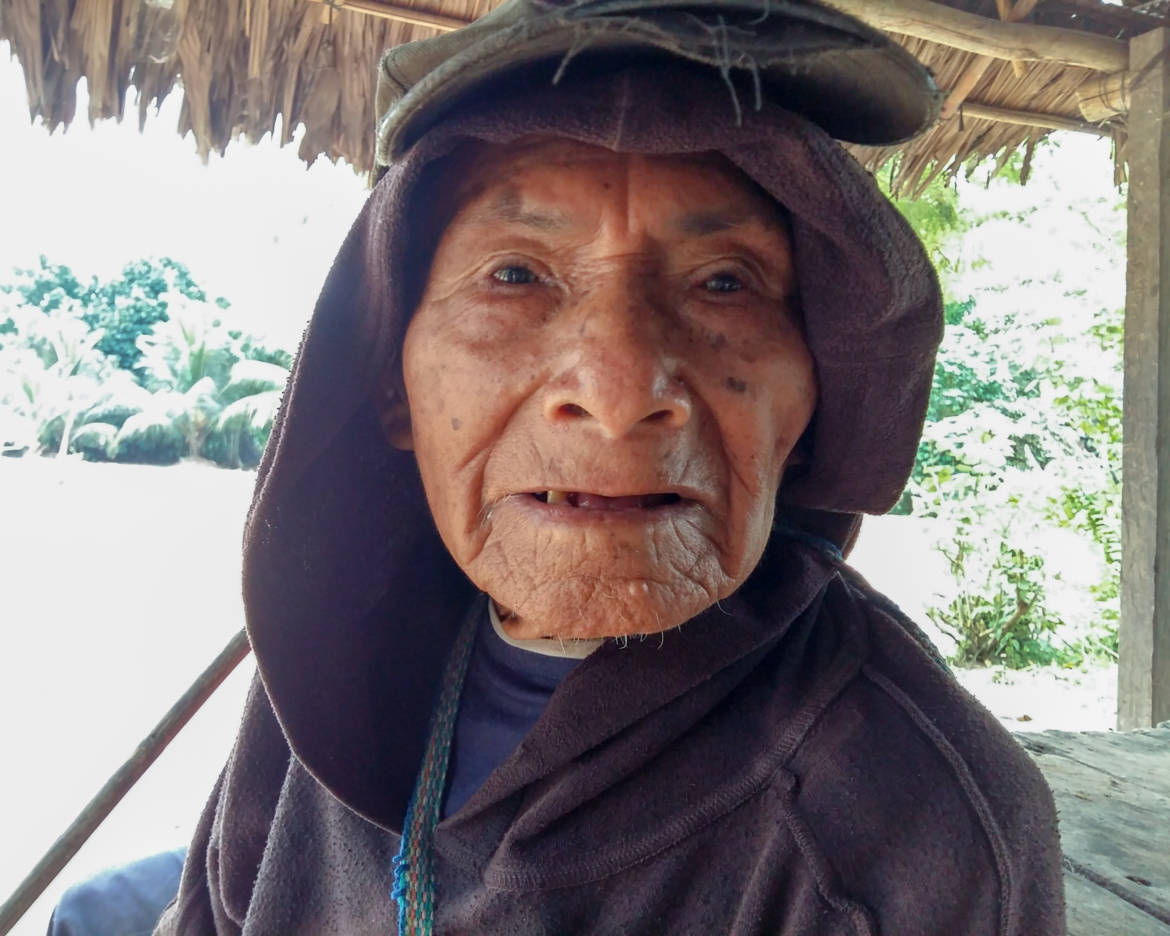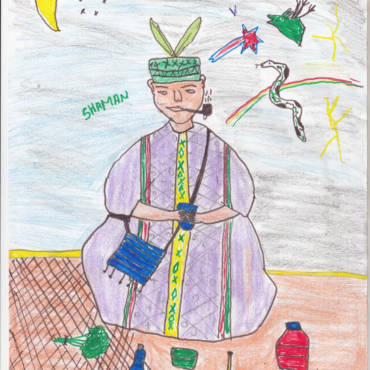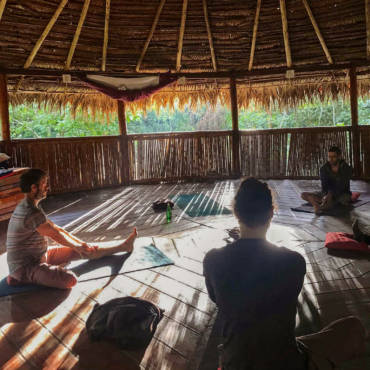I Thought I Came to Peru to Simply Write a Book. And Then I Met My Shipibo Maestro
This is the story of how I’ve developed a deep and family-like relationship with a four-generation lineage of indigenous Shipibo shamans (known as onányas.) It is also a story about a family and a community, that against all odds, continue to embrace ancient ancestral traditions that above all else, value the potential that medicinal plants can play in our lives in order help us to heal, integrate, and grow.
I thought I was coming to Peru to write a book. Little did I realize that there was much more in store for me.
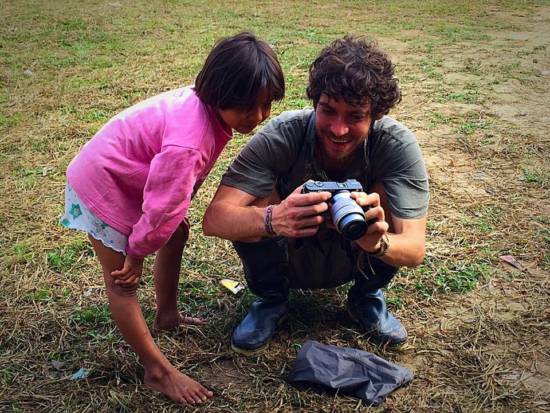
Immediately after finishing a graduate program in creative writing back in the United States back in 2013, I packed my bags and headed to Peru in order to write a book about the relationship that the landscapes and indigenous people of the Peruvian jungles and Amazon would play in my own search for purpose and meaning in life. By that time I’d already traveled through Peru several times and had recognized my yearning to develop a deeper relationship with indigenous healing traditions of the jungle.
Like many other foreigners who make their way to Peru, I’d already had life-changing experiences while working with ayahuasca, yet I had never actually visited the jungle itself. Nor had a gotten to know any indigenous elders who are the carriers of ancestral wisdom and those who, through connection with the plants of their ancestral lands, have made it possible for westerners like myself to work with powerful medicines such as ayahuasca.
So I went to the jungle to learn more

It wasn’t until six months after moving to Peru that made the trip to the jungle in order to learn more about its people and plants. I already knew that I wanted to visit the Shipibo people whose native lands stretch along the banks of the great Ucayali river, near the city of Pucallpa. I followed the advice from others who had made their own visits in order to apprentice with shamans and diet with medicinal plants.
Not what I expected
But once I arrived in the area, and started visiting the places where other gringos had told me to go, I felt disappointed. The only places where other visitors had been telling me to go to were to retreat centers where I would find crowds of other gringos who were attending ayahuasca ceremonies with an indigenous shaman, but who at the same time, besides the ceremony itself, were rarely interacting with the shaman or the locals. I found myself amidst clumps of other gringos, talking in English about our experiences, in a way that felt touristy. Something didn’t feel right to me, and it wasn’t what I’d expected.
I started spending time with locals
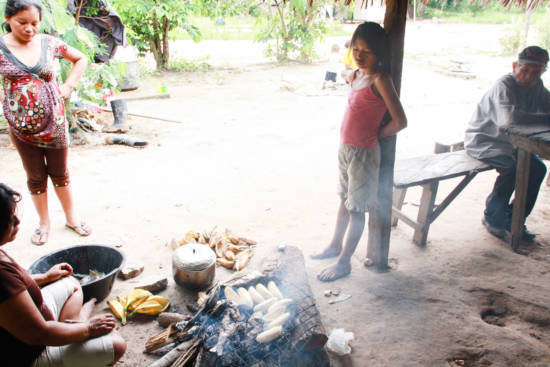
Once I recognized that I would need to go out on my own in order to answer my burning inner call to authentically connect and to learn from indigenous elders about their sacred healing traditions, I started venturing beyond the bounds of the retreat center I was staying at, and started asking questions.
Knowing that I’d come to the jungle not only to heal with a shaman but also to write a book about indigenous people and their traditions, I knew it was essential that I get to know locals and arrive with a genuine interest in peoples’ perspectives and experiences. And I found that when I engaged with people with a curiosity about their perspectives, and with a willingness to listen to what they had to share, that others, in turn, would be curious about my own life.
People pointed the way towards a rarely-visited, respected elder healer
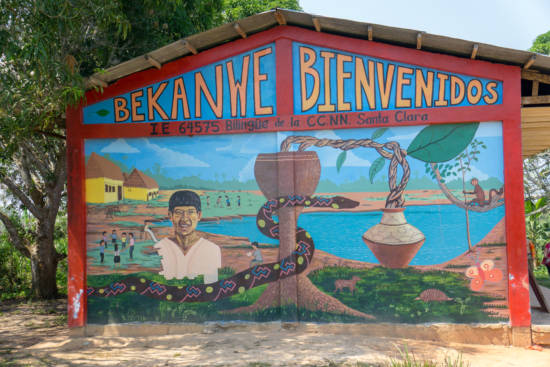
When I would explain that I was searching for a way to initiate a relationship with a respected healer who the locals visited, and not just gringos, I was repeatedly pointed the way, by various people, towards a mysterious ancient elder “well over 100 years old, but he’s lost track of his age,“ who lived in lived in the nearby village of Santa Clara. Many locals explained that he was one of the last of the most traditional Shipibo shamans (they call themselves Onányas by the way), and I knew that I had to visit him.
Setting out to find him
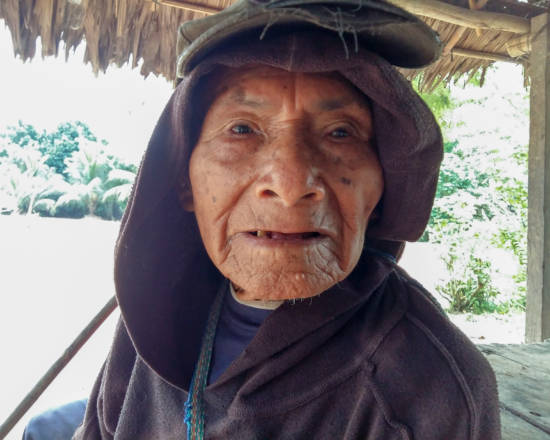
So I packed my bag and set out in search of Juan Roque, also known by his traditional Shipibo name of Reshin Nika, and by those who are closest to him simply as Papito, great grandfather. It didn’t take me long to find him. While I started walking on the road to Santa Clara where people said he lived, a tuk-tuk (motor taxi) immediately drove past me, which I flagged down in order to ask for directions. To my surprise, the driver was none other than one of his sons, who was on his way to visit Papito. “Jump aboard,” he told me, and I set off to initiate one of the most important relationships that I would develop during the five years between 2013 and 2018 that I’ve spent in Peru.
My first diet: Juan Roque (Elder Reshin Nika), also known by those close to him as Papito (great grandfather)
I quickly learned: The work of the healer is the work of discernment, listening, and giving away control
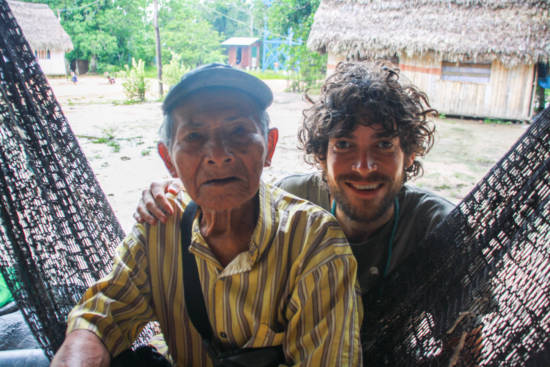
The first and most important thing that I learned about traditional Shipibo healing is that it has everything to do with the medicinal plants of the jungles. In fact, I quickly learned from Papito that there was the very little role that he saw “himself” playing within the healing process as an onánya. Rather, I realized that he became the powerful healer that he was because of how he got out of the way of the healing process. The only role he played was as a medium through which the spirits of the jungles plants came alive from the spiritual realm and into the material world in which we live.
According to him, while engaged as a healer, we must listen for, and to be able to recognize the right spirits presenting themselves from the other “spiritual” realm. And once the right spirit presents itself, it’s the job of the onánya to become a channel for transmitting this spirit from the other realm, and into the material world in order to facilitate healing.
The power of the icaro
What’s more, for Papito and for other Shipibo healers, these spirits engage with the material world by means of the icaro, which can be loosely translated as a sacred lullaby, chant, song, or prayer.
Next lesson: In order to initiate relationships with a plant spirit, we must initiate a sacred and intentional relationship, by means of entering into a “dieta.”
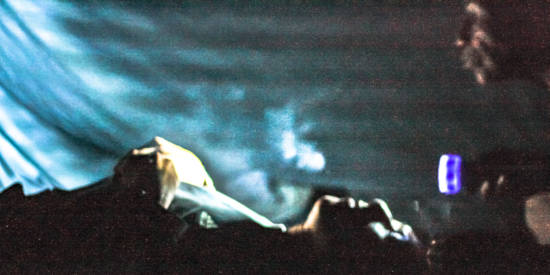
For Papito and other onányas, the healing process has everything to do with how we engage with medicinal plants. And the way to do this is by going into a dieta because it gives us the unique opportunity to open into a relationship with the spirits of medicinal plants. Since we are entering into the territory of the spiritual realm during a dieta, we are naturally vulnerable to other influences within this realm. It’s for that reason that we approach a diet with restrictions and renunciations. This assures that we open ourselves into a pure connection with the spirit of the plant that we’re working with.
“Tu vas a cantar!”, You’re going to sing
During the course of my first diet with Papito, those are the words that he enthusiastically repeated to me at the start of every ayahuasca ceremony. And I didn’t believe him at first. I never saw myself as a musician, and I hadn’t sung since I was in middle school choir, during which time I skeptically mumbled my way through songs, telling myself along the way that I was a musical failure. I carried these beliefs with me into adulthood, and it wasn’t until I initiated my first diet with Papito that I allowed myself to get out of my own way, and let an icaro come through myself, guided, I felt, by the spirit of the plant that I was dieting.
Just opening the door: I’m just starting to diet and learn, but am here support all those who I can.
Since the life-changing three week diet that I completed with Papito, elder Reshin Nika back in 2013, I have continued, slowly but surely, to go deeper as an apprentice with medicines of the jungle. Though I’ve participated in hundreds of ayahuasca ceremonies over the years, I have only completed 3 diets with medicinal plants, and I recognize that I am just getting started on this journey as a healer.
At the same time, with the work that I’ve undertaken during the last several years, I’ve uncovered the inner power to help others in their healing process. When I’m not supporting my maestro, a grandson of Papito, who shares the same traditional Shipibo name as his grandfather, Rishin Nika and who himself has been working with medicinal plants for more than 30 years, I’m supporting others with ceremonies with medicinal plants. I also help people to integrate insights from shamanic work into their lives by offering coaching programs, online courses, and by organizing mastermind groups.

